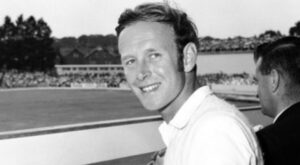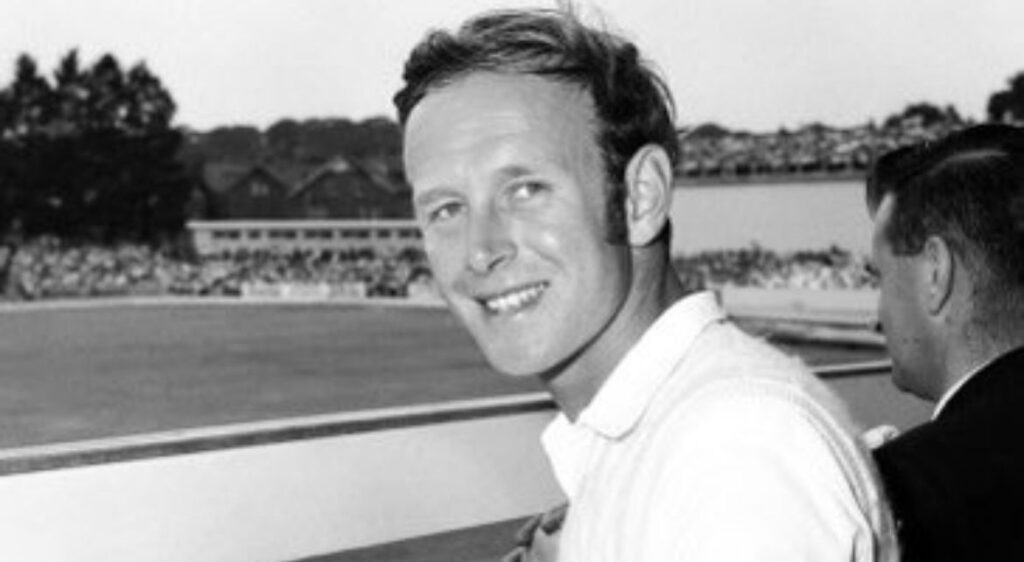
In the years before social media, nicknames and monikers were far rarer. But if you followed cricket in the 1960s and ’70s, the nickname Deadly could belong only to one man. Derek Underwood played in the same era as India’s legendary quartet, but his was a very different art. If Bhagwat Chandrasekhar relied on his polio-withered arm and freakishly quick arm action, Erapalli Prasanna and Bishan Singh Bedi were both masters of flight and guile.
Underwood, who passed away on Monday at the age of 78, was at his deadly best when the ball gripped. On a ‘sticky’, common in the days of uncovered wickets, he was unplayable. Like Chandra, he could do batters for pace. That he bowled with his left arm was just about all he had in common with Bedi. His career figures reflect those unusual gifts.
Even the legends of spin like Muttiah Muralitharan and Shane Warne struggled in India. Underwood didn’t, taking 54 wickets in 16 Tests in India at an average of 26.51. His economy rate over his 16-year-long Test career was an incredible 2.10. That he was left stranded on 297 wickets perhaps remained a lingering regret. It was easy for the moralists to sit in judgement on Underwood joining the rebel tour to South Africa in 1981-82, but so slim were the pickings for professional cricketers then that the blank cheques Dr Ali Bacher waved about were almost irresistible.
In the years that followed, Underwood would be rehabilitated, even becoming MCC president in 2009, but he was never the rent-a-quote merchant that many of his contemporaries became as the cricket media space mushroomed. Till now, no English spinner has taken as many wickets, and it’s hard to imagine anyone replicating his peculiar methods. Steve O’Keefe pulled it off for one Test in Pune in 2017. That Underwood did it across an entire career will always remain the ultimate testament to his greatness.
For more sports content: https://revsportz.in/




